.
 Bataan (1943) is a war film about the defense of the Bataan Peninsulamost of the Jap
Bataan (1943) is a war film about the defense of the Bataan Peninsulamost of the Jap  pictures are from the best blog I've seen for ages, check it out,below ,marx 8th army that
pictures are from the best blog I've seen for ages, check it out,below ,marx 8th army that  more or less resmble far more the battlers of bataan
more or less resmble far more the battlers of bataan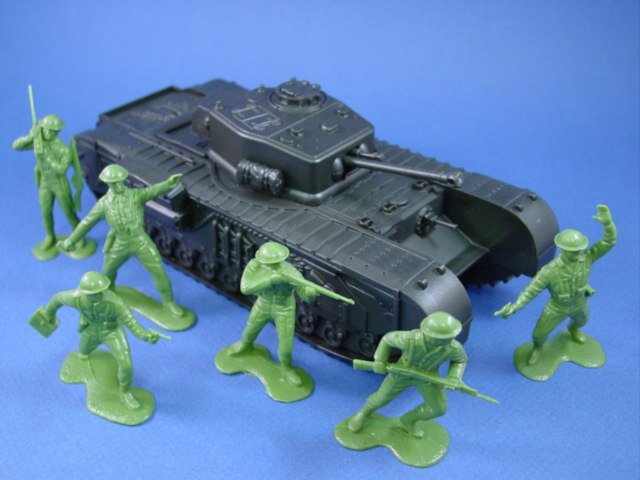
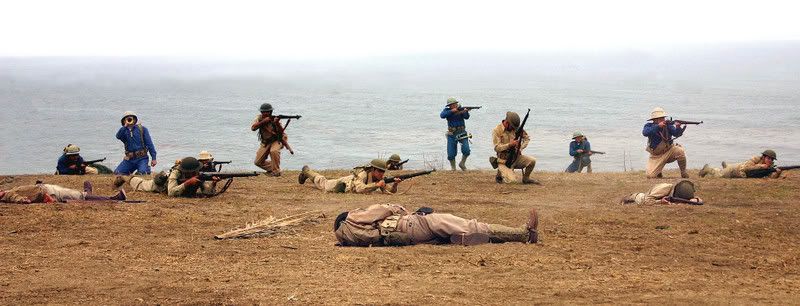
Dedicated to exploring the world of Plastic Toy Soldiers. The focus is WWII figures and vehicles in 1:32 (54mm). If you grew up playing with
 them or simply love to collect them this is the place for you. Comments are welcome and encouraged. Hopefully together we can create something fun and valuable.you can easily convert the above but as said the marx ones look the best as bataan defenders
them or simply love to collect them this is the place for you. Comments are welcome and encouraged. Hopefully together we can create something fun and valuable.you can easily convert the above but as said the marx ones look the best as bataan defenders at the start of World War II, the peninsular is a rocky extension of the Zambales Mountains, on Luzon in the Philippines.
at the start of World War II, the peninsular is a rocky extension of the Zambales Mountains, on Luzon in the Philippines.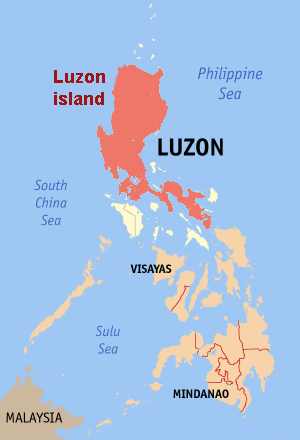 It separates the Manila Bay from the
It separates the Manila Bay from the 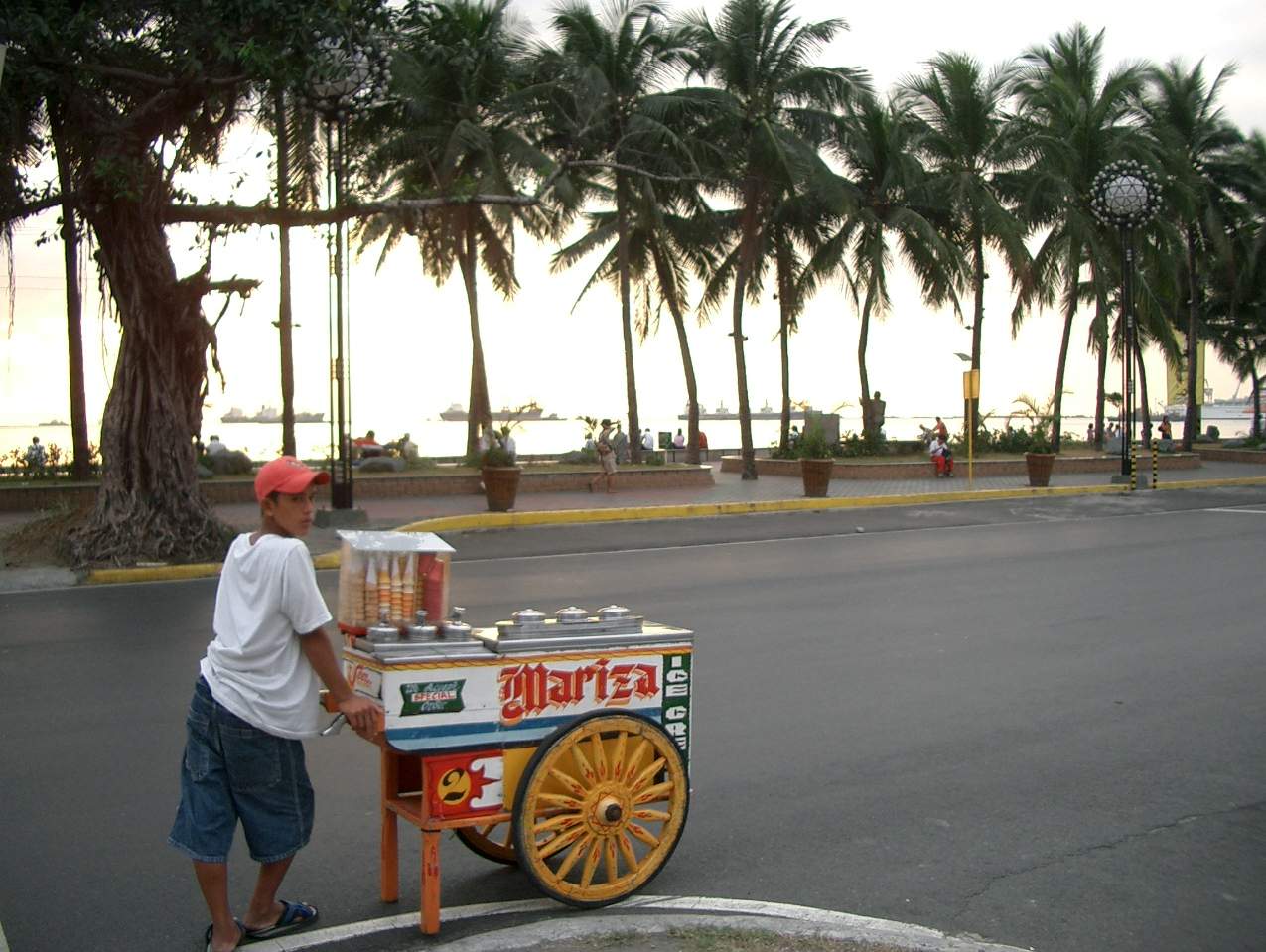 South China Sea. The peninsula features Mount Natib (1,253 m) in the north and the Mariveles Mountains in the south,
South China Sea. The peninsula features Mount Natib (1,253 m) in the north and the Mariveles Mountains in the south,  which includes Mount Samat,
which includes Mount Samat,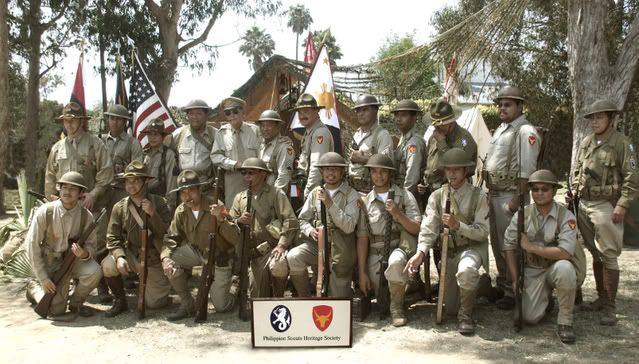 the location of the historical marker for the Bataan Death March.This was the forcible
the location of the historical marker for the Bataan Death March.This was the forcible  transfer, by the Imperial Japanese Army, of 75,000 American and Filipino prisoners of war
transfer, by the Imperial Japanese Army, of 75,000 American and Filipino prisoners of war  after the three-month Battle of Bataan in the Philippines during World War II, which
after the three-month Battle of Bataan in the Philippines during World War II, which resulted in the deaths of thousands of prisoners.Nowadays we start to view the nips as O.K but ask
resulted in the deaths of thousands of prisoners.Nowadays we start to view the nips as O.K but ask 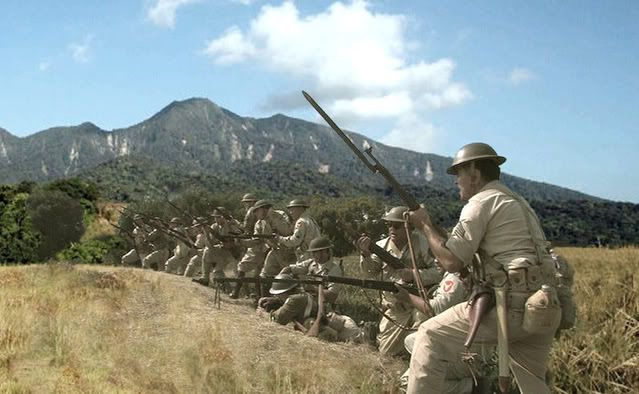 any soldier on this death march if they were and are ok and he-d spit in your face.Below prisinorsoburied alive
any soldier on this death march if they were and are ok and he-d spit in your face.Below prisinorsoburied alive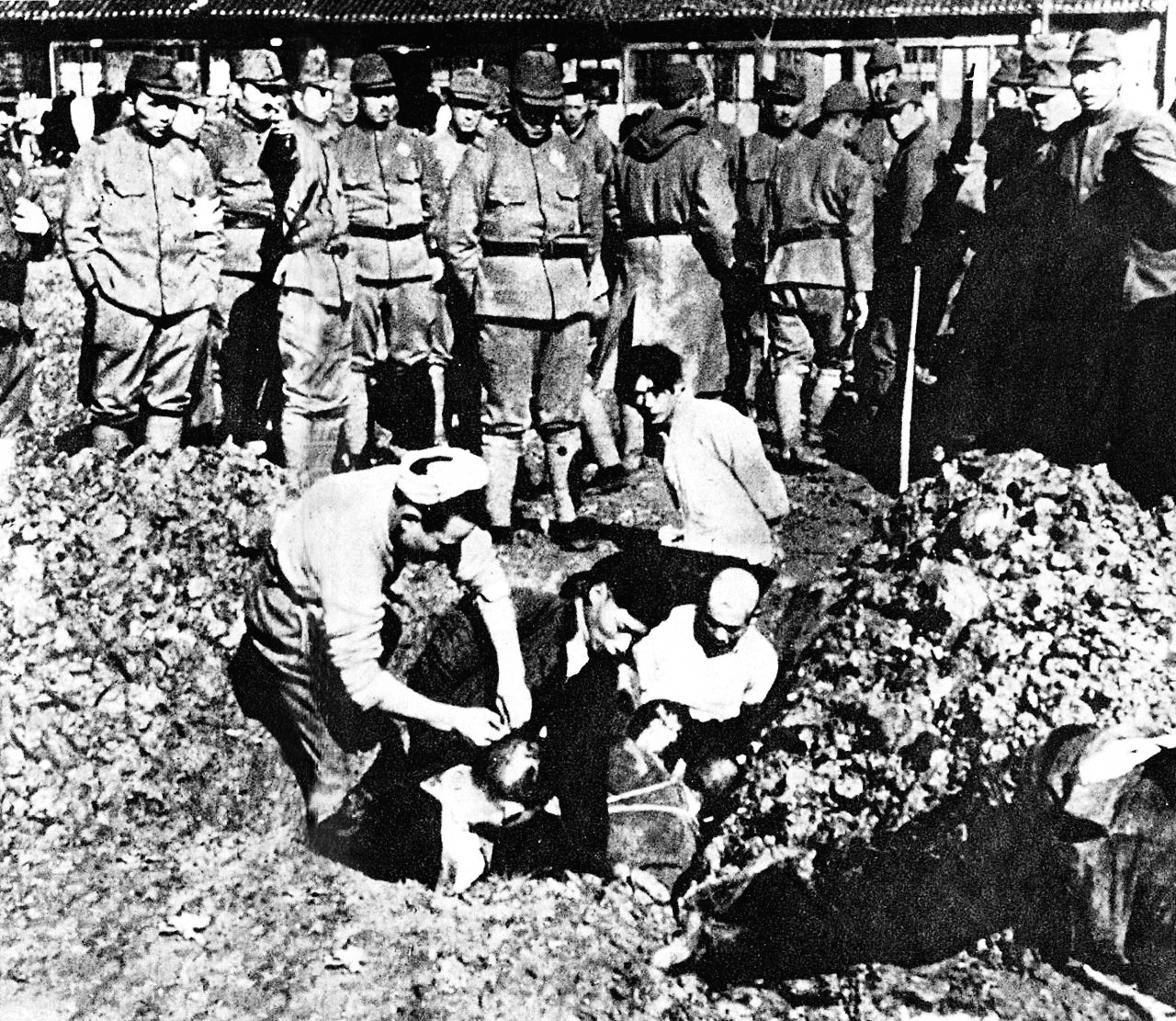
The 97 km (60 mi) march was characterized by wide-ranging physical abuse and murder, and resulted in very high
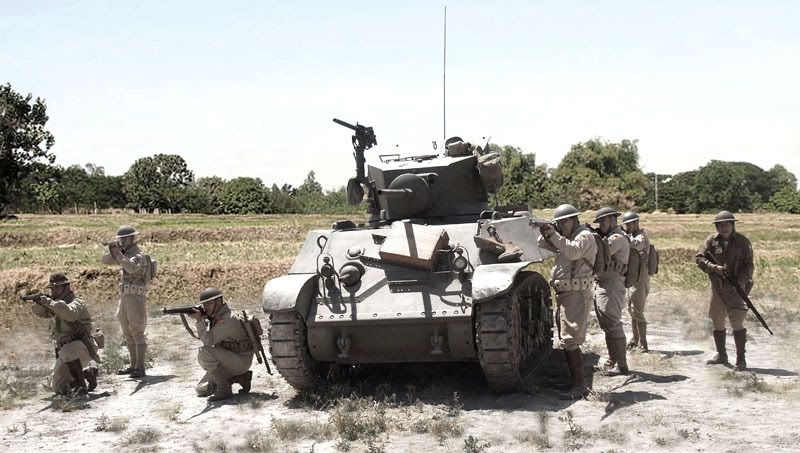 fatalities inflicted upon prisoners and civilians alike by the Japanese Army, and was later judged by an Allied
fatalities inflicted upon prisoners and civilians alike by the Japanese Army, and was later judged by an Allied military commission to be a Japanese war crime. below clark
military commission to be a Japanese war crime. below clark
The Bataan Province is located on this peninsula. Defeated in the battle of Bataan during World War II, after the
 fall of the fortress of Corregidor the Bataan death march took place down the Bataan peninsula.
fall of the fortress of Corregidor the Bataan death march took place down the Bataan peninsula. The captured allied forces were forced to march off the peninsula to internment camps under brutal and horrid
The captured allied forces were forced to march off the peninsula to internment camps under brutal and horrid  conditions suffering many hundreds of cruel war crimes on the road, where they were allowed little water and even prohibited from relieving bodily functions.
conditions suffering many hundreds of cruel war crimes on the road, where they were allowed little water and even prohibited from relieving bodily functions. The film is a tribute to these great American soldiers, It was made by Metro-Goldwyn-Mayer, directed by Tay
The film is a tribute to these great American soldiers, It was made by Metro-Goldwyn-Mayer, directed by Tay  Garnett and produced by Irving Starr, with Dore Schary as executive producer. It starred Robert Taylor, this actor was
Garnett and produced by Irving Starr, with Dore Schary as executive producer. It starred Robert Taylor, this actor was 
Taylor was born Spangler Arlington Brugh in Filley, Nebraska,
 he was the son of Ruth Adaline (née Stanhope) and Spangler Andrew Brugh, who was a farmer turned doctor.During his early life, the family moved several times, living in Muskogee, Oklahoma
he was the son of Ruth Adaline (née Stanhope) and Spangler Andrew Brugh, who was a farmer turned doctor.During his early life, the family moved several times, living in Muskogee, Oklahoma ; Kirksville, Missouri; and Fremont, Nebraska. By September 1917, the Brughs had moved to Beatrice, Nebraska
; Kirksville, Missouri; and Fremont, Nebraska. By September 1917, the Brughs had moved to Beatrice, Nebraska , where they remained for 16 years.,below Lloyd Nolan,
, where they remained for 16 years.,below Lloyd Nolan, Thomas Mitchell
Thomas Mitchell 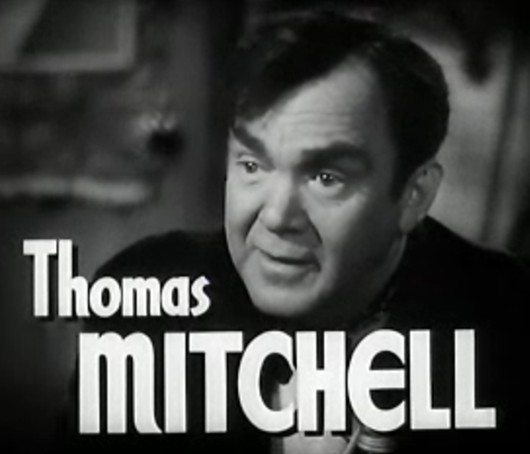 and Robert Walker. Walkera attending American Academy of Dramatic Arts, Walker met fellow aspiring actress Phylis Isley, who later took the stage nameJennifer Jones.
and Robert Walker. Walkera attending American Academy of Dramatic Arts, Walker met fellow aspiring actress Phylis Isley, who later took the stage nameJennifer Jones. find work in films but their prospects proved to be meager and they soon returned to New York.
find work in films but their prospects proved to be meager and they soon returned to New York.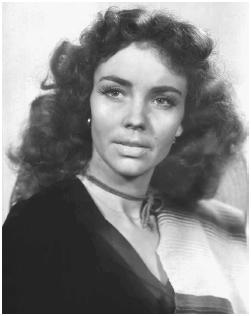
Walker found work in radio while Phylis stayed home and gave birth to two sons in quick succession, actor Robert
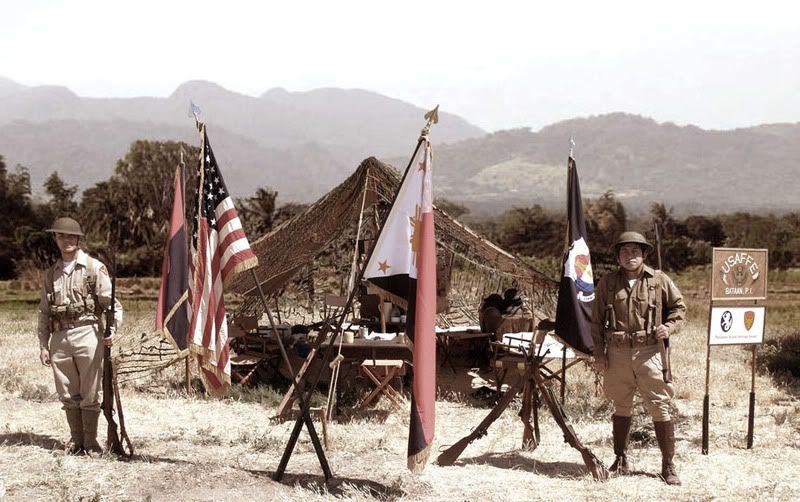 Walker, Jr. (born April 15, 1940) and Michael Walker (March 13, 1941 – December 27, 2007). Phylis then returned to Hollywood filmdom.
Walker, Jr. (born April 15, 1940) and Michael Walker (March 13, 1941 – December 27, 2007). Phylis then returned to Hollywood filmdom.While auditioning where her luck changed when she was discovered in 1941 by producer David O. Selznick,Selznick had married Irene Gladys Mayer, daughter of MGM mogul Louis
 B. Mayer, in 1930. They separated in 1945 and divorced in 1948. They had two sons, Daniel and Jeffrey Selznick. In 1949 he married actress Jennifer Jones and they had one daughter, Mary Jennifer Selznick
B. Mayer, in 1930. They separated in 1945 and divorced in 1948. They had two sons, Daniel and Jeffrey Selznick. In 1949 he married actress Jennifer Jones and they had one daughter, Mary Jennifer Selznick 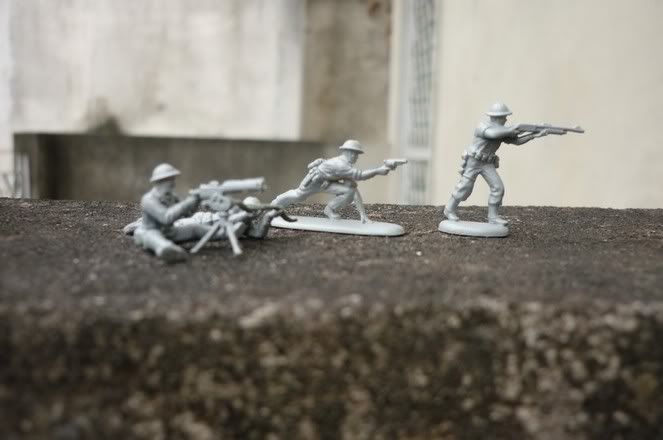 (1954–1976), who committed suicide by jumping from a 20th-floor window in Los Angeles on May 11, 1976.above bennos figures
(1954–1976), who committed suicide by jumping from a 20th-floor window in Los Angeles on May 11, 1976.above bennos figures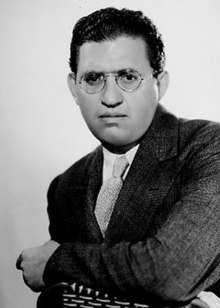 as said she changed her name to Jennifer Jones and Selsnick groomed her for stardom. During their initial meetings Selznick was highly attracted to Jones and they quietly began an affairdds to the realism. The h
as said she changed her name to Jennifer Jones and Selsnick groomed her for stardom. During their initial meetings Selznick was highly attracted to Jones and they quietly began an affairdds to the realism. The h and to hand combat scenes are well staged, as are the final moments of the film.
and to hand combat scenes are well staged, as are the final moments of the film.The film Bataan was all in all, a gripping war film that more than holds its own with contemporary stories like SAVING PRIVATE RYAN. The reality was much grimmer
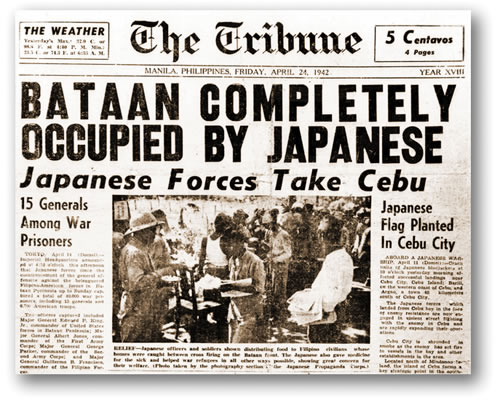
but everything Has to be appreciated in the context of its time--when flag-waving patriotism was at its peak and lines like "Those dirty Japs" were not considered politically incorrect.I still fdon't consider it in correct.

The first Springfield musket, the M1795, was produced for the United States military in 1795. Following the Spanish-American War in 1898, Erskine Allin, the Superintendent of the Springfield Arsenal, developed the 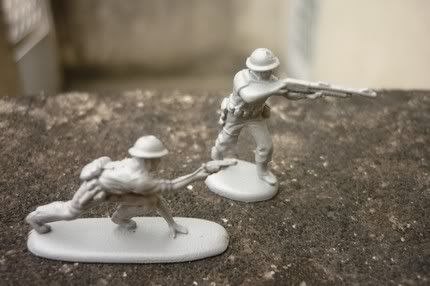 M1903. The bolt-action magazine rifle, an adaptation of the Mauser Gewehr, was used by the United States Army during the First The M1903 rifle remained the US standard rifle until 1936. However, because of production problems with the M1A1, it was also used during the Second World War. Snipers also preferred using the rifle all the way through the Korean War. the gun was still issued to US rear-echelon and artillery troops in the second world war and also saw use by British home guard units. This example is manufactured in 1918 by Eddystone.May have been used in the bataan sagat
M1903. The bolt-action magazine rifle, an adaptation of the Mauser Gewehr, was used by the United States Army during the First The M1903 rifle remained the US standard rifle until 1936. However, because of production problems with the M1A1, it was also used during the Second World War. Snipers also preferred using the rifle all the way through the Korean War. the gun was still issued to US rear-echelon and artillery troops in the second world war and also saw use by British home guard units. This example is manufactured in 1918 by Eddystone.May have been used in the bataan sagat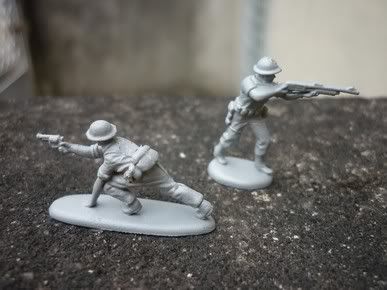
They were starving, sick. Many were untrained. Their weapons were obsolete. And their top general lived elsewhere. Bataan’s defenders were truly on their own.he figures are conversions 1/72 Revell Marines WWII and Imex Corean War.
Major Marshall Hurt was not having a good morning. Around midnight, he and Colonel Everett Williams, both bachelors on Major General Edward King’s staff, had volunteered to  try to find a Japanese officer who would accept the surrender of King’s 75,000 American and Filipino defenders of the Bataan peninsula.The next hours of the Battle of Bataan were filled
try to find a Japanese officer who would accept the surrender of King’s 75,000 American and Filipino defenders of the Bataan peninsula.The next hours of the Battle of Bataan were filled  with noise and confusion. “The roads were jammed with soldiers who had abandoned arms
with noise and confusion. “The roads were jammed with soldiers who had abandoned arms  and equipment in their frantic haste to escape from the advancing Japanese infantry and armored columns and the strafing planes overhead,” wrote Louis Morton in his book The Fall
and equipment in their frantic haste to escape from the advancing Japanese infantry and armored columns and the strafing planes overhead,” wrote Louis Morton in his book The Fall of the Philippines (1953). At 2 a.m. on April 9, 1942, Filipino and American troops who had
of the Philippines (1953). At 2 a.m. on April 9, 1942, Filipino and American troops who had  been trapped on the Bataan peninsula of the Philippines’ Luzon island for three months began exploding their TNT storehouses and hundreds of thousands of rounds of small-arms
been trapped on the Bataan peninsula of the Philippines’ Luzon island for three months began exploding their TNT storehouses and hundreds of thousands of rounds of small-arms  ammunition and artillery shells to keep them out of Japanese hands. Adding to the chaos, just before midnight a severe earthquake had rumbled through the area.When the Japanese invaded the Philippine Islands
ammunition and artillery shells to keep them out of Japanese hands. Adding to the chaos, just before midnight a severe earthquake had rumbled through the area.When the Japanese invaded the Philippine Islands on December 22, 1941, the untrained Philippine Army troops assigned to beach defense collapsed. After U.S. General Douglas MacArthur had withdrawn his army down the island of
on December 22, 1941, the untrained Philippine Army troops assigned to beach defense collapsed. After U.S. General Douglas MacArthur had withdrawn his army down the island of  Luzon's central plain into the Bataan Peninsula, one last line existed before the Japanese
Luzon's central plain into the Bataan Peninsula, one last line existed before the Japanese  invaders reached the main line of resistance.For the first time in a generation, Americans would mark Christmas with their nation locked in a world war. Just seventeen days earlier, Japanese carrier planes had surprised the U.S. Pacific Fleet at Pearl Harbor,
invaders reached the main line of resistance.For the first time in a generation, Americans would mark Christmas with their nation locked in a world war. Just seventeen days earlier, Japanese carrier planes had surprised the U.S. Pacific Fleet at Pearl Harbor,  Hawaii Territory. Although the Roosevelt Administration concealed the full extent of American casualties for both political and security purposes, most Americans realized that their armed forces had suffered a major setback. The Japanese had already seized
Hawaii Territory. Although the Roosevelt Administration concealed the full extent of American casualties for both political and security purposes, most Americans realized that their armed forces had suffered a major setback. The Japanese had already seized Guam and launched campaigns to capture Malaya, Hong Kong, and the Philippines. The Americans would slow the Japanese entry into Bataan by fighting a delaying action at Layac,
Guam and launched campaigns to capture Malaya, Hong Kong, and the Philippines. The Americans would slow the Japanese entry into Bataan by fighting a delaying action at Layac, thus gaining time and deceiving the enemy as to the location of the main defensive positions. For the first time in World War II, American troops faced Japanese soldiers on the ground.
thus gaining time and deceiving the enemy as to the location of the main defensive positions. For the first time in World War II, American troops faced Japanese soldiers on the ground.
 try to find a Japanese officer who would accept the surrender of King’s 75,000 American and Filipino defenders of the Bataan peninsula.The next hours of the Battle of Bataan were filled
try to find a Japanese officer who would accept the surrender of King’s 75,000 American and Filipino defenders of the Bataan peninsula.The next hours of the Battle of Bataan were filled  with noise and confusion. “The roads were jammed with soldiers who had abandoned arms
with noise and confusion. “The roads were jammed with soldiers who had abandoned arms  and equipment in their frantic haste to escape from the advancing Japanese infantry and armored columns and the strafing planes overhead,” wrote Louis Morton in his book The Fall
and equipment in their frantic haste to escape from the advancing Japanese infantry and armored columns and the strafing planes overhead,” wrote Louis Morton in his book The Fall of the Philippines (1953). At 2 a.m. on April 9, 1942, Filipino and American troops who had
of the Philippines (1953). At 2 a.m. on April 9, 1942, Filipino and American troops who had  been trapped on the Bataan peninsula of the Philippines’ Luzon island for three months began exploding their TNT storehouses and hundreds of thousands of rounds of small-arms
been trapped on the Bataan peninsula of the Philippines’ Luzon island for three months began exploding their TNT storehouses and hundreds of thousands of rounds of small-arms  ammunition and artillery shells to keep them out of Japanese hands. Adding to the chaos, just before midnight a severe earthquake had rumbled through the area.When the Japanese invaded the Philippine Islands
ammunition and artillery shells to keep them out of Japanese hands. Adding to the chaos, just before midnight a severe earthquake had rumbled through the area.When the Japanese invaded the Philippine Islands on December 22, 1941, the untrained Philippine Army troops assigned to beach defense collapsed. After U.S. General Douglas MacArthur had withdrawn his army down the island of
on December 22, 1941, the untrained Philippine Army troops assigned to beach defense collapsed. After U.S. General Douglas MacArthur had withdrawn his army down the island of  Luzon's central plain into the Bataan Peninsula, one last line existed before the Japanese
Luzon's central plain into the Bataan Peninsula, one last line existed before the Japanese  invaders reached the main line of resistance.For the first time in a generation, Americans would mark Christmas with their nation locked in a world war. Just seventeen days earlier, Japanese carrier planes had surprised the U.S. Pacific Fleet at Pearl Harbor,
invaders reached the main line of resistance.For the first time in a generation, Americans would mark Christmas with their nation locked in a world war. Just seventeen days earlier, Japanese carrier planes had surprised the U.S. Pacific Fleet at Pearl Harbor,  Hawaii Territory. Although the Roosevelt Administration concealed the full extent of American casualties for both political and security purposes, most Americans realized that their armed forces had suffered a major setback. The Japanese had already seized
Hawaii Territory. Although the Roosevelt Administration concealed the full extent of American casualties for both political and security purposes, most Americans realized that their armed forces had suffered a major setback. The Japanese had already seized Guam and launched campaigns to capture Malaya, Hong Kong, and the Philippines. The Americans would slow the Japanese entry into Bataan by fighting a delaying action at Layac,
Guam and launched campaigns to capture Malaya, Hong Kong, and the Philippines. The Americans would slow the Japanese entry into Bataan by fighting a delaying action at Layac, thus gaining time and deceiving the enemy as to the location of the main defensive positions. For the first time in World War II, American troops faced Japanese soldiers on the ground.
thus gaining time and deceiving the enemy as to the location of the main defensive positions. For the first time in World War II, American troops faced Japanese soldiers on the ground.
Brigadier General Clyde A. Selleck commanded the Philippine Army's 71st Division and was responsible for establishing the Layac line. Born in 1888, 'Pappy' Selleck was an artilleryman, a West Pointer and a graduate of the Command and General Staff School and the War College . Although the plan for defending Layac was seemingly known to all senior officers in the Philippines, it was not known to Selleck. His short time in the islands–he had arrived on October 23–the few briefings made on war plans, and a lack of information about the position itself resulted in one of the least knowledgeable officers on Luzon commanding the Layac line.Selleck had four regiments–the American 31st Infantry, the Philippine Scout 26th Cavalry and two Philippine Army infantry regiments. The backbone of Selleck's force was Colonel Charles L. Steel's 1,600-man 31st Infantry. It occupied the center of the covering force's position and commanded the enemy's most likely avenue of approach. Although morale was high and this action would be the regiment's first fight, its strength was already low. Many of the most experienced men had been pulled from their units in late 1941 and sent to instruct or command the new Philippine formation
. Although the plan for defending Layac was seemingly known to all senior officers in the Philippines, it was not known to Selleck. His short time in the islands–he had arrived on October 23–the few briefings made on war plans, and a lack of information about the position itself resulted in one of the least knowledgeable officers on Luzon commanding the Layac line.Selleck had four regiments–the American 31st Infantry, the Philippine Scout 26th Cavalry and two Philippine Army infantry regiments. The backbone of Selleck's force was Colonel Charles L. Steel's 1,600-man 31st Infantry. It occupied the center of the covering force's position and commanded the enemy's most likely avenue of approach. Although morale was high and this action would be the regiment's first fight, its strength was already low. Many of the most experienced men had been pulled from their units in late 1941 and sent to instruct or command the new Philippine formation
 . Although the plan for defending Layac was seemingly known to all senior officers in the Philippines, it was not known to Selleck. His short time in the islands–he had arrived on October 23–the few briefings made on war plans, and a lack of information about the position itself resulted in one of the least knowledgeable officers on Luzon commanding the Layac line.Selleck had four regiments–the American 31st Infantry, the Philippine Scout 26th Cavalry and two Philippine Army infantry regiments. The backbone of Selleck's force was Colonel Charles L. Steel's 1,600-man 31st Infantry. It occupied the center of the covering force's position and commanded the enemy's most likely avenue of approach. Although morale was high and this action would be the regiment's first fight, its strength was already low. Many of the most experienced men had been pulled from their units in late 1941 and sent to instruct or command the new Philippine formation
. Although the plan for defending Layac was seemingly known to all senior officers in the Philippines, it was not known to Selleck. His short time in the islands–he had arrived on October 23–the few briefings made on war plans, and a lack of information about the position itself resulted in one of the least knowledgeable officers on Luzon commanding the Layac line.Selleck had four regiments–the American 31st Infantry, the Philippine Scout 26th Cavalry and two Philippine Army infantry regiments. The backbone of Selleck's force was Colonel Charles L. Steel's 1,600-man 31st Infantry. It occupied the center of the covering force's position and commanded the enemy's most likely avenue of approach. Although morale was high and this action would be the regiment's first fight, its strength was already low. Many of the most experienced men had been pulled from their units in late 1941 and sent to instruct or command the new Philippine formation
The fall of Bataan on April 9, 1942 was the end of the one of the most famous battles of the Second World War. It was immediately followed up by what became known as the Bataan Death March, one of the most infamous forced marches of the Second World War.

U.S. and Filipino soldiers had been steadily retreating in the face of a Japanese offensive that had begun in the Philippines way back in December of 1941. Japanese troops landed on Luzon and began pushing south. They had been able to hold off defeat even though they were out-gunned, out-fed, and out-equipped.

But then the Japanese brought in the big guns…literally. Tired of delay and desperately trying to stick to a “victory” timeline, opposing General Masaharu Homma rolled up big 150mm and 240mm howitzers. If you don’t like math, a 240mm cannon is essentially a 10″ gun. Navy cruisers used 10″ guns…they were very large.Homma failed to give credence to  the possibility that a retreat into Bataan Peninsula by Filipino-American forces might succeed in upsetting the Japanese timetable. By the time he recognized his mistake, his best infantry division had been replaced by a poorly trained reserve brigade, greatly weakening his assault force. Rather than waste his men in furious frontal assaults, he tried to outmaneuver the American forces. This brought criticism from superiors who believed he had been “contaminated” by Western ideas about conserving the lives of his men.
the possibility that a retreat into Bataan Peninsula by Filipino-American forces might succeed in upsetting the Japanese timetable. By the time he recognized his mistake, his best infantry division had been replaced by a poorly trained reserve brigade, greatly weakening his assault force. Rather than waste his men in furious frontal assaults, he tried to outmaneuver the American forces. This brought criticism from superiors who believed he had been “contaminated” by Western ideas about conserving the lives of his men.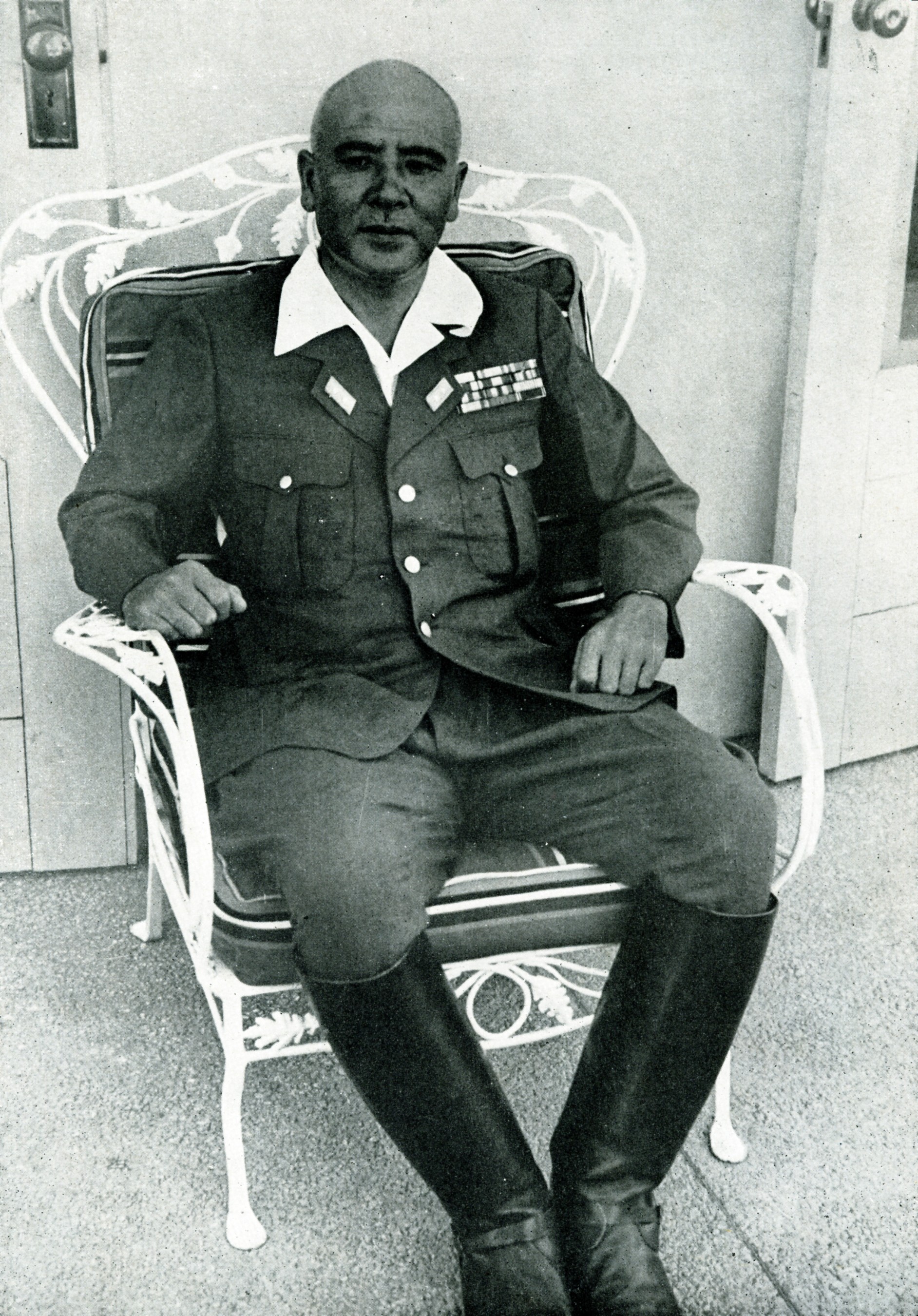
 the possibility that a retreat into Bataan Peninsula by Filipino-American forces might succeed in upsetting the Japanese timetable. By the time he recognized his mistake, his best infantry division had been replaced by a poorly trained reserve brigade, greatly weakening his assault force. Rather than waste his men in furious frontal assaults, he tried to outmaneuver the American forces. This brought criticism from superiors who believed he had been “contaminated” by Western ideas about conserving the lives of his men.
the possibility that a retreat into Bataan Peninsula by Filipino-American forces might succeed in upsetting the Japanese timetable. By the time he recognized his mistake, his best infantry division had been replaced by a poorly trained reserve brigade, greatly weakening his assault force. Rather than waste his men in furious frontal assaults, he tried to outmaneuver the American forces. This brought criticism from superiors who believed he had been “contaminated” by Western ideas about conserving the lives of his men.
A massive bombardment began on April 3rd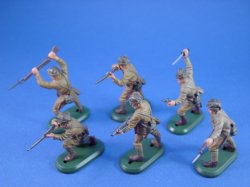
 MacArthur and Wainwright, but the men were starving, firing guns without bullets, and now diseased. After meeting with the Japanese commanders, the U.S. soldiers surrendered.below is the m.1 the greatest rifle the americans ever made but i doubt if it was used at bataan
MacArthur and Wainwright, but the men were starving, firing guns without bullets, and now diseased. After meeting with the Japanese commanders, the U.S. soldiers surrendered.below is the m.1 the greatest rifle the americans ever made but i doubt if it was used at bataan
The great men who fell at Bataan were the last of the old American no bullshit no divorcing army. .Macarthur left his troops on the battlefield and they made up some bad songs about him, one of them was the In the midst of the Battle of Bataan, on 11 March 1942, President Roosevelt required that General Douglas MacArthur be spirited out of the Philippines by PT boat and airplane. 
As April swung into view in 1942, the 4th month ofIsoroku Yamamoto’s predicted “six-month victory spree” was now under way. The Japanese army and navy were expanding east and south with relative ease, and the resistance to their moves, though valiant, was largely powerless to stop them.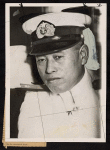

General Douglas MacArthur had already been forced from Corregidor in March. General Joe Stilwell would be forced from Burma in May. And in April? General Jonathan Wainwright was being forced from the what-would-become-infamous Bataan Peninsula.

The Philippine Islands were one of Japan’s main targets after December 7th’s opening salvoes, and the U.S. and Filipino forces on the islands had found stopping the Japanese advance from the north, under General Masaharu Homma , an impossible task. The Bataan Peninsula, on the western side of the island of Luzon, became the focus of really intense fighting in January.belowHomma was executed by firing squad by the Filipino and American forces on 3 April 1946 outside Manila.

Each defensive line was subsequently smashed by the aggressors, and it soon became apparent that there was no realistic way to halt the Japanese onslaught. The last of the defenders were now holding the Orion-Bagac line, a sort of eyebrow-shaped line across the Peninsula running between the villages of Orion (on the east) and Bagac (on the west).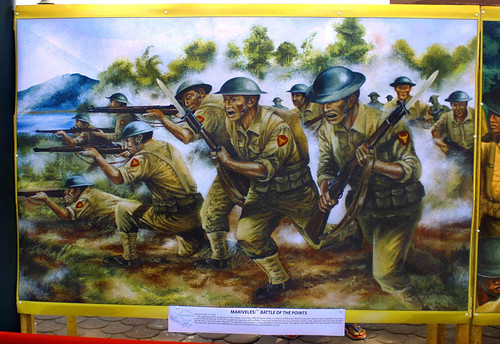

And on April 3, 1942, the Japanese attacked the line, beginning what would be the final battle for the U.S and Filipino soldiers there. And for the next six days, these men, who were starving, low on ammunition, trapped, and heavily out-manned and out-gunned, would fight one of the most tenacious battles of the war to date.
.. The defenders collapsed in the face of withering fire, dwindling supplies of ammunition, and starvation. Finally, on the 9th, Major-General Edward King called it a day. Surrender was against the wishes of both 
 MacArthur and Wainwright, but the men were starving, firing guns without bullets, and now diseased. After meeting with the Japanese commanders, the U.S. soldiers surrendered.below is the m.1 the greatest rifle the americans ever made but i doubt if it was used at bataan
MacArthur and Wainwright, but the men were starving, firing guns without bullets, and now diseased. After meeting with the Japanese commanders, the U.S. soldiers surrendered.below is the m.1 the greatest rifle the americans ever made but i doubt if it was used at bataan
This flight from the battlefield was characterized as a "relocation of headquarters" to a more secure venue; and included Manual Quezon, the president of the Philippines, and selected allied staff, not omitting MacArthur's family with their Chinese amah and pet monkey ... but lacking space for other worthies, such as civilians and nurses, who were interned until rescued at the end of the war.
The political mistakes that attempted to emend the military mistakes complicating operations in the Pacific Theater only exacerbated and compounded them. It has often been noted that MacArthur's "genius" was diminished by his arrogance and obstinence.
Although MacArthur never obeyed an order he disagreed with, he expected others to faithfully obey him, attempting to take revenge (even after the war) on those he deemed disloyal or insubordinate,
The original allusion to "dug-out Doug" was a disdainful reference to him commanding from a protected underground location, a bunker or 'dug-out'. So the nickname "dug-out Doug", which was common at the time, despite being unsympathetic and disrespectful.described the mens idea on macarthur
A FilAmerican force of 140,000 men had been defeated. More than seven million Filipinos had been enslaved by the invader [Imperial Japan]. The United States had failed in its political and moral commitment to defend the Philippines, and more than 20,000 American officers and enlisted men had been either killed or captured . It was the worst military defeat in the history of the US armed forces.: just as sports cards and redemption coupons were included in select brands of cigarettes during the post-WWII era, a morale card featuring the motto "I shall return" and a picture of General Douglas MacArthur was enclosed in packs of "Lucky Strike" cigarettes during WWII as a reminder of his promise on behalf of America's commitment; George C. Marshall suggested that the phrase be depersonalized by stating "We shall return", but MacArthur summarily dismissed it]
Dugout Doug MacArthur lies ashaking on the Rock
Safe from all the bombers and from any sudden shock
Dugout Doug is eating of the best food on Bataan
And his troops go starving on.
Dugout Doug's not timid, he's just cautious, not afraid
He's protecting carefully the stars that Franklin made
Four-star generals are rare as good food on Bataan
And his troops go starving on.
We've fought the war the hard way since they said the fight was on
All the way from Lingayen to the hills of old Bataan
And we'll continue fighting after dugout Doug is gone
And still go starving on

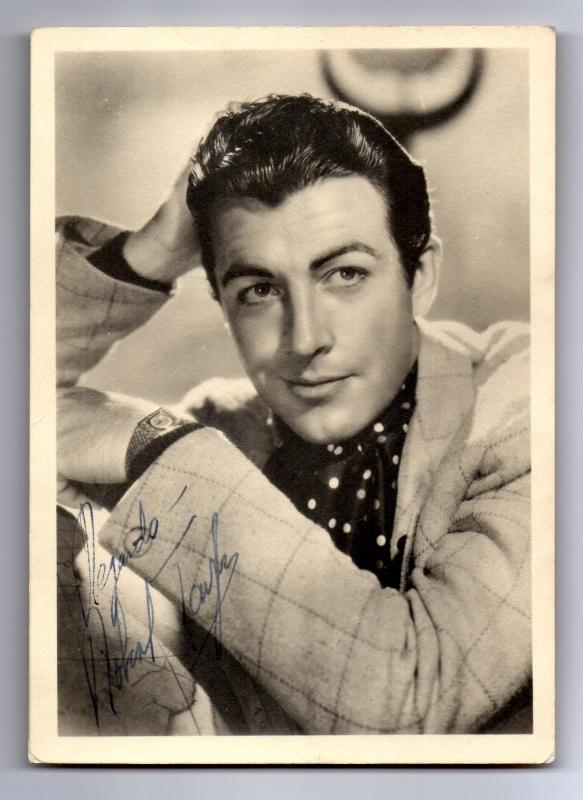
No comments:
Post a Comment